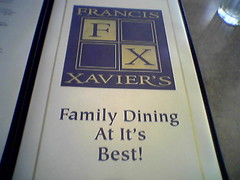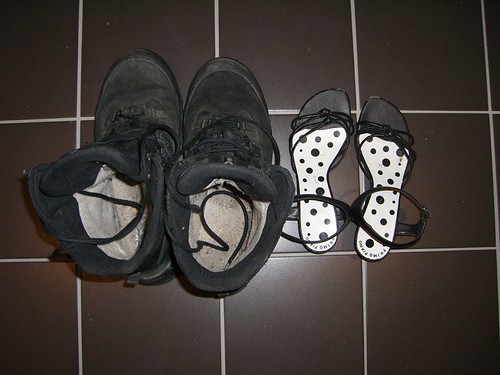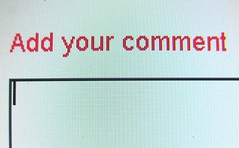 An anonymous commenter left us a link to NOZA. Are you familiar with them? I'm not.
An anonymous commenter left us a link to NOZA. Are you familiar with them? I'm not.NOZA just announced free foundation searching. This is a site that gathers information across the internet and makes it searchable. In other words, if we had all the time in the world, we could find it, too. But, we don't. So a new business is born.
The foundation information is free. They charge for individual donor information you might want for direct mail or donor cultivation.
I spent a half-hour or so exploring the site and thinking about how it might be useful. It's a bit complicated, but probably worth testing out for a real-world search.
I'll let you know how useful I find it. If you use it, please share your experience in the comments field here.
NOZA, Inc. - World's Largest Searchable Database of Charitable Donations
Thank you, Anonymous.
Speaking of comments -- May I ask something of you folks? I know there are many lurkers out there. The stats tell all. Would you leave me a comment when you disagree, find something helpful, or have another resource that could be useful. Your comments are my reward for my time invested. Inspire me to publish more... Thanks!
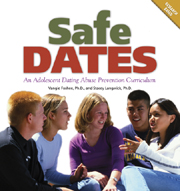





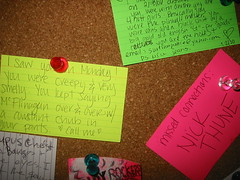

![Reblog this post [with Zemanta]](http://img.zemanta.com/reblog_e.png?x-id=4bc1764c-f578-4b00-a147-8d58f48638c3)




